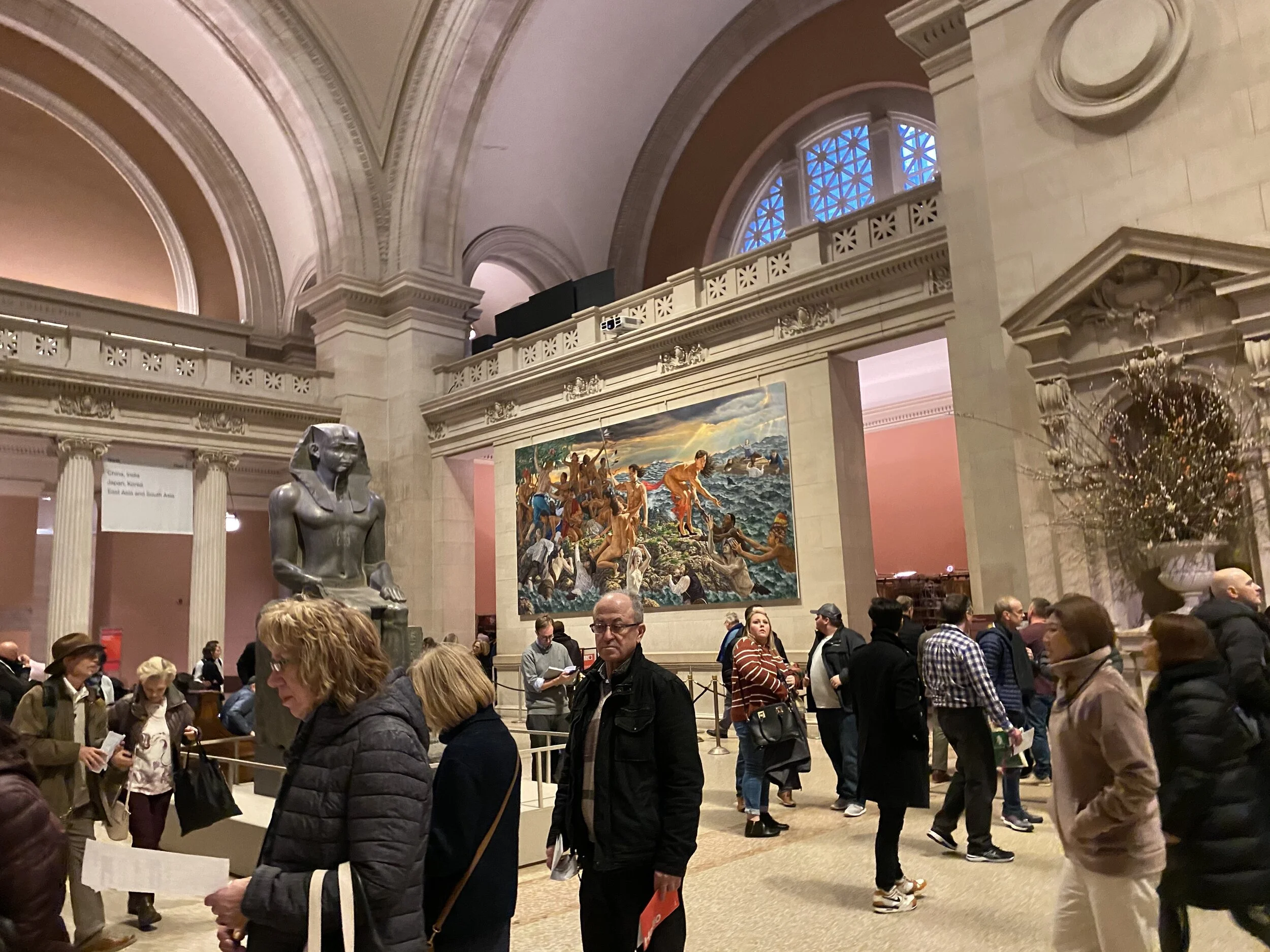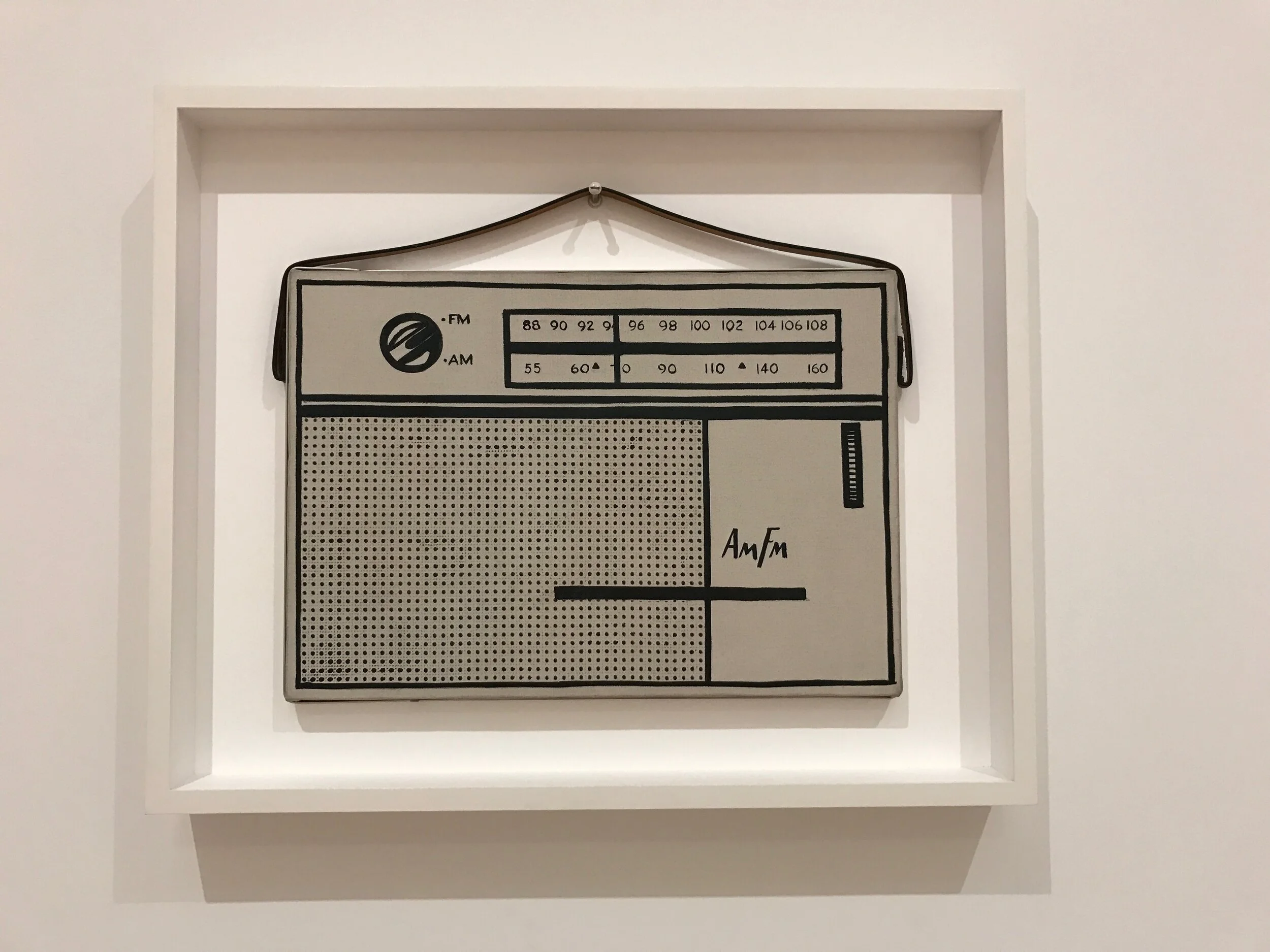Visiting MoMA: shining a light on women artists
The $450 million expansion has added 47,000 more square feet.
The Museum of Modern Art in New York city reopened in October 2019, after a major expansion that adds more gallery space, more performance space, more places to eat, and room for many more people.
The materials and light are beautiful, it feels more connected to its location. The space flows beautifully but it is disorienting because there is so very much to see.
There has been a clear and assertive rethinking of how the art is presented and it’s exhilarating. More work from more of the world is on display which feels like discovering buried treasure. Especially thrilling is discovering new works by artists (I (thought) I already knew, and finding new artists unfamiliar to me.
A significant number of the artists new to me were women. Time and time again I would be drawn to a piece, check the accompanying text and find it was done a woman. It is deeply satisfying to dig deeper into the history of modern art and find so much there.
Here are some of my favorite new-to-me works by women (and the descriptions from the gallery labels):
““This is one of the few remaining works by the artist because Nazis ransacked her studio and destroyed almost all its contents in 1939.””
“Society hasn’t given us anything to believe in. There’s no icons. We don’t have any saints, we don’t have any Madonnas; we don’t have any Christs, we don’t have any kings, queens, empresses.
So what do we have? We have artists on one hand that say, okay you don’t believe in anything; we believe in painting. And artists paint about painting.”
Honoré Sharrer
American, 1920-2009
Workers and Paintings, 1943
Oil on board
From the gallery label: Sharrer worked downtown, near Manhattan’s Union Square, but shared with her Harlem peers a desire to celebrate “ordinary people.” “It is these distinguished-undistinguished players,” she said, “that moved and interested me.” Sharrer depicts American families presenting and reacting to well-known paintings, including Grant Wood’s iconic American Gothic (1930) and Pablo Picasso’s Girl before a Mirror (1932). In different ways, most of the artists she chose to represent here—including the French realist Jean-François Millet and the Mexican muralist Diego Rivera—were known for their sympathetic portrayals of working people.
There are many more works by better known women artists: Louise Nevelson, Frida Kahlo, Louise Bourgeois, Helen Frankenthaler, and Yayoi Kusama for example. And there’s a wonderful temporary exhibit Artist’s Choice: Amy Sillman, The Shape of Shape, which looks like they have an artist pick things they like from the collection and strew them around a gallery like very high end yard sale. I loved it and look forward to seeing more.
Final thoughts: there’s a lot of overly contentious debate these days about identity in art and culture. The MoMA is doing wonderful job of revisiting the traditional narrative of modern art and shining a light on the overlooked and under-appreciated. We are all the better for it.



